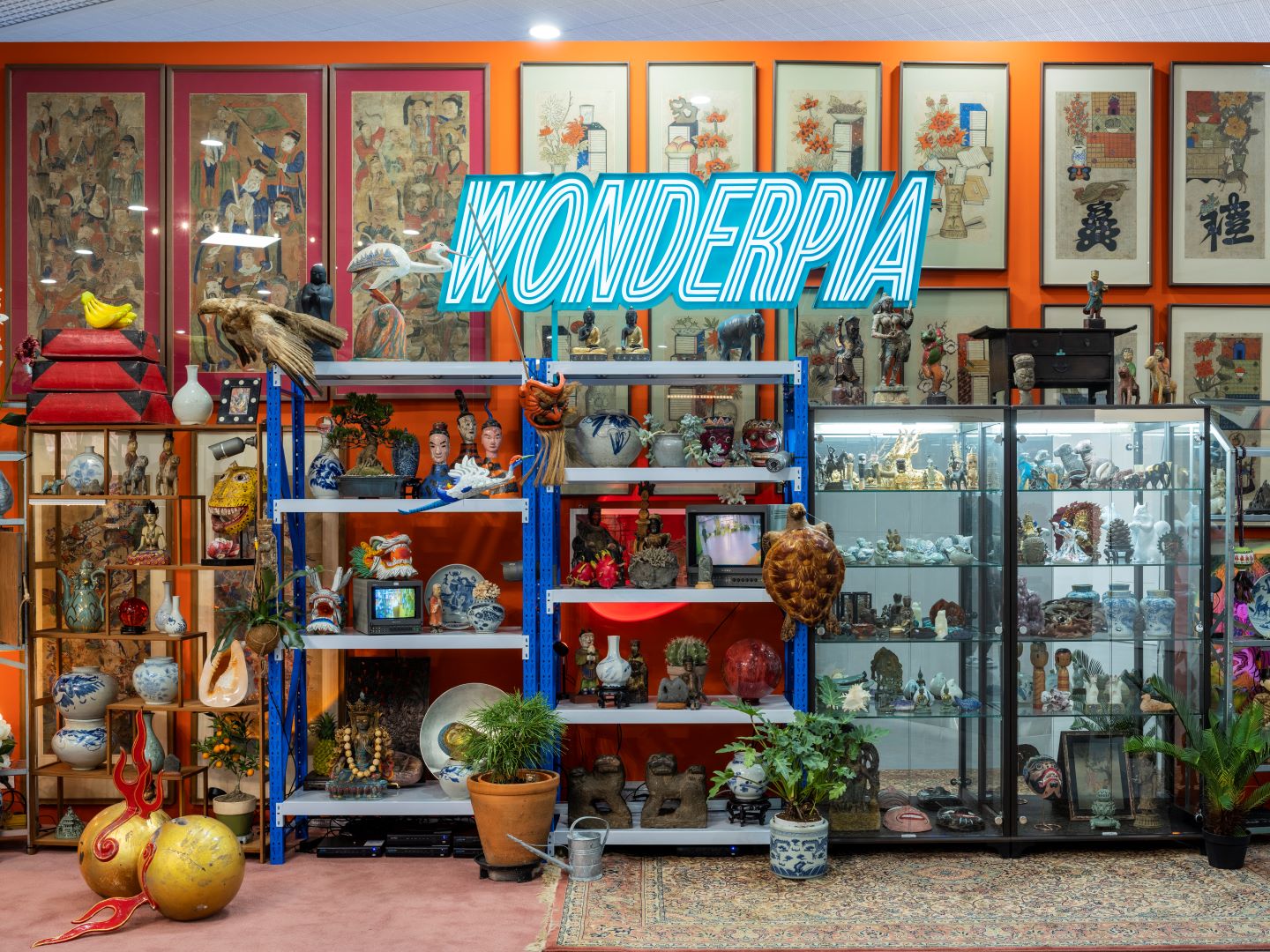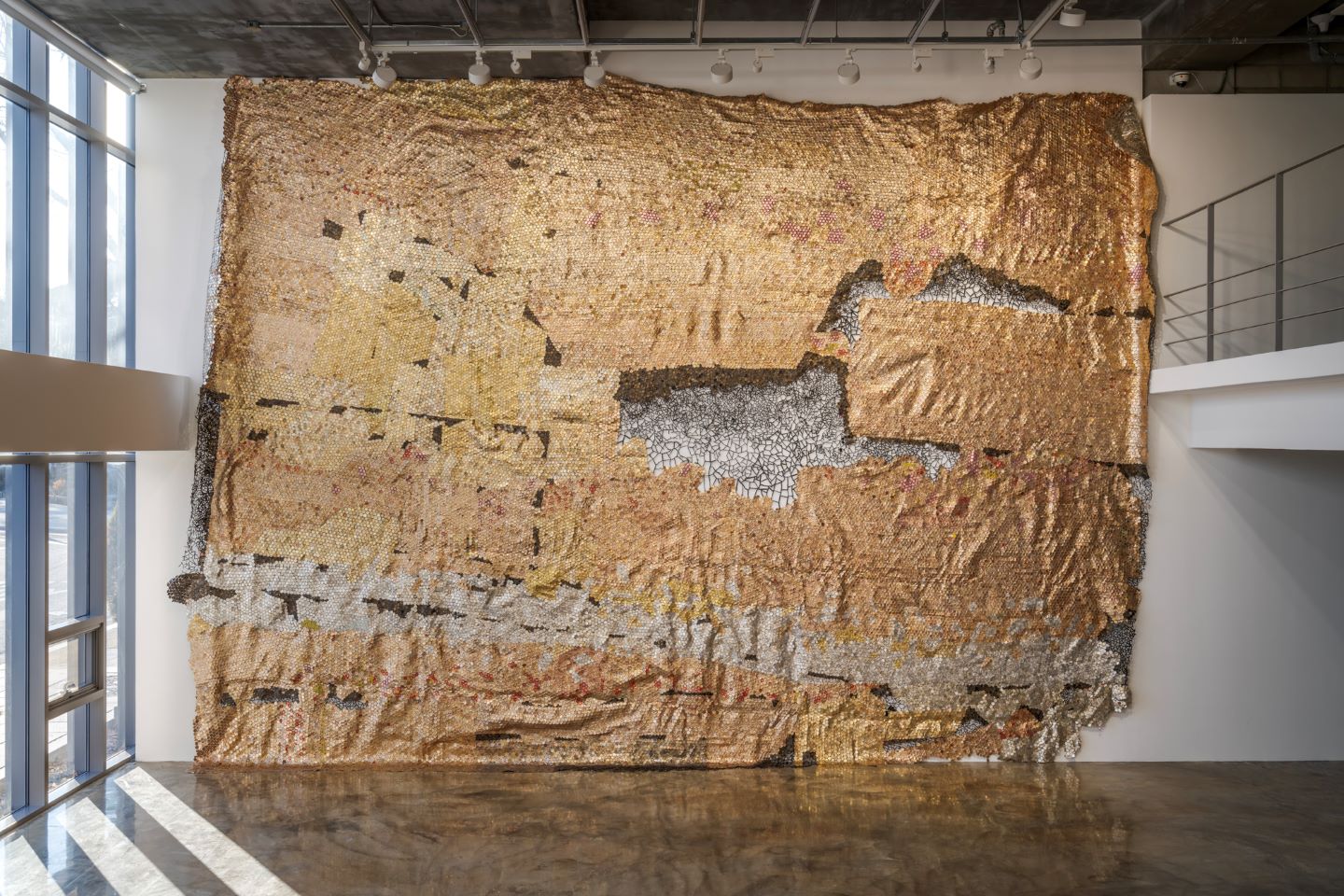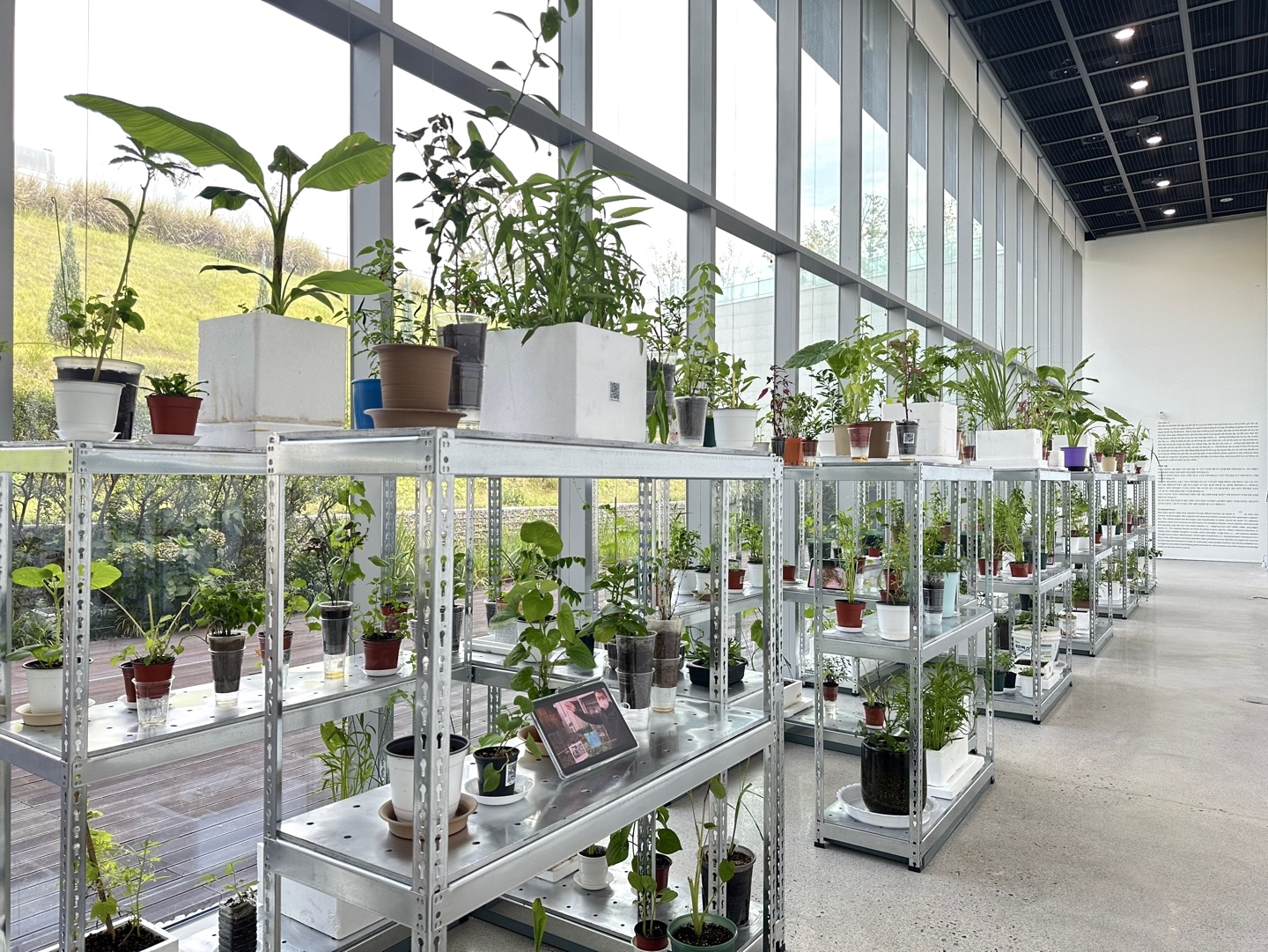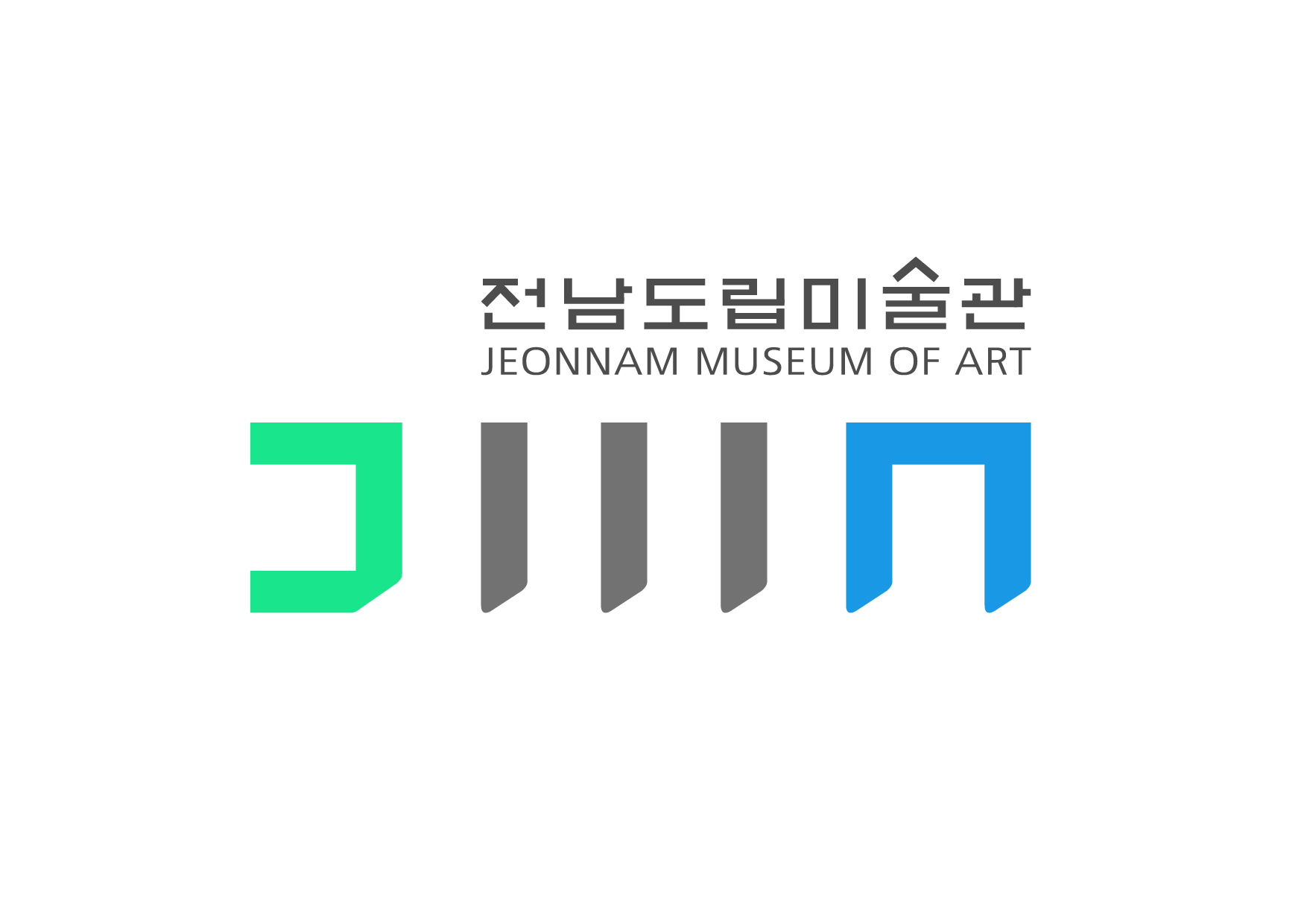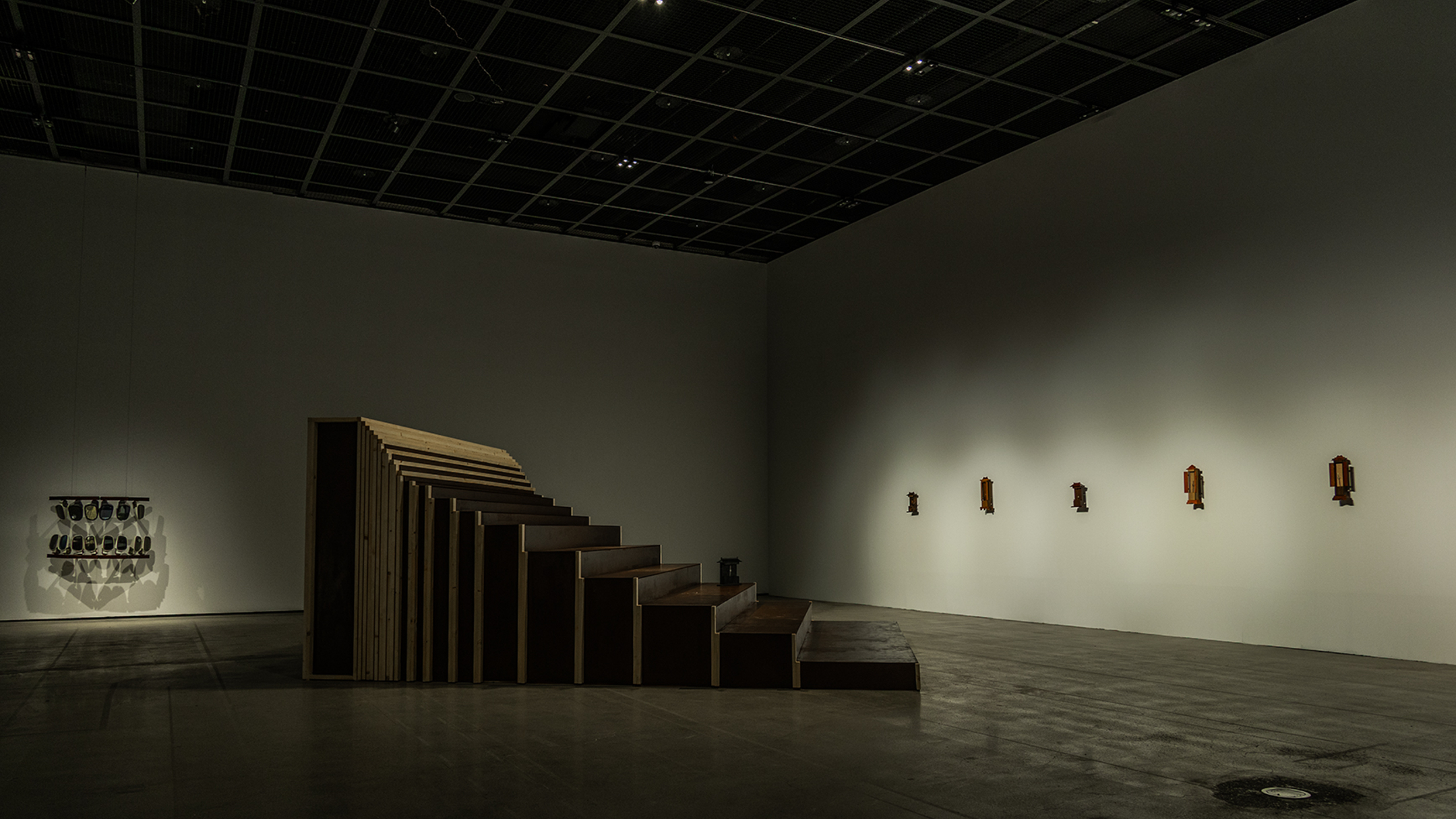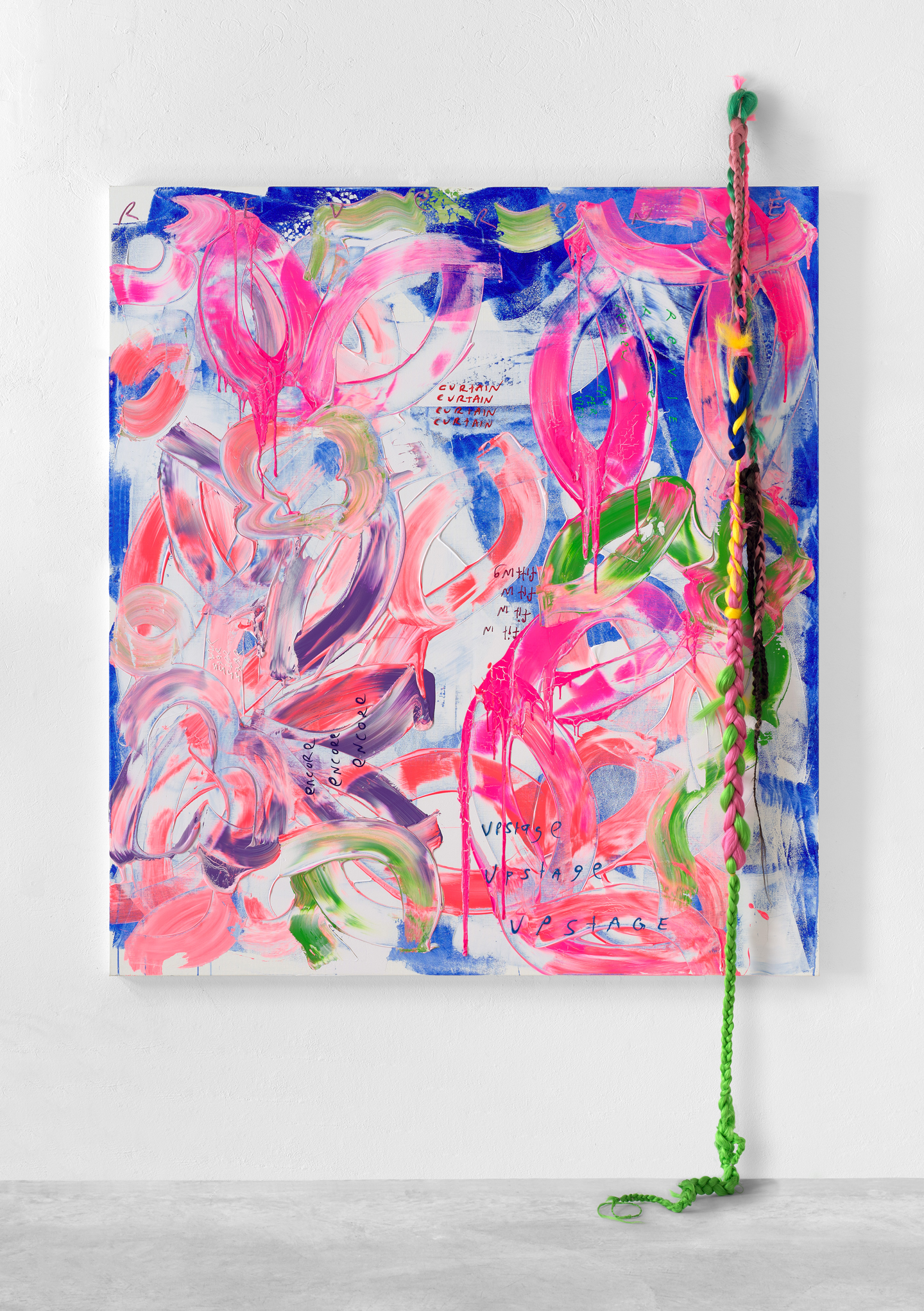September 3–December 8, 2024
Gwangyang-si 57758
Korea
Hours: Tuesday–Sunday 10am–6pm
T +82 61 760 3222
F +82 61 760 3219
jej100407@korea.kr
Artists: Apichatpong Weerasethakul, Chung Youngchang, El Anatsui, Kim Hyungsook, Kim Kira, Lu Yang, Park Donghwa, Park Munjong, Tammy Nguyen, Tuan Mami, William Kentridge
Jeonnam Museum of Art will hold an exhibition under the title The Assemblage of Dreams, a combination of the words Dreams and Assemblage, meaning “a collection or combination of dreams” as a metaphor for a society of coexistence.
Korean society is experiencing a radical change. As the expression “population cliff” suggests, the country’s birth rate is sharply decreasing, and it is becoming a super-aged society at the same time. Also, approximately 50 percent of the entire population is concentrated in the metropolitan area, making the future of small local governments uncertain. In this current situation, people of different nationalities are immigrating to Korea, each with their own reasons, such as employment, education, and marriage, and they’ve already become a part of Korean society. In other words, Korea has now become a “multicultural society.” Jeonnam Province, especially, is known to have the highest percentage of multicultural families. With such changes, more people are realizing the importance of respecting the human rights of socially vulnerable immigrants and different cultures.
A society’s culture develops as it interacts, clashes, and converges with another culture. A culture cannot develop without continuous intercrossing of cultures because a society without external stimuli or shocks will likely become culturally stagnant and conservative. We know from history how an isolated, restricted, and excluded society was disintegrated. We also know of many Koreans who have left the country with hopes and dreams and settled down in various places worldwide. We must remember that when we look at “immigration,” a common phenomenon, and when talking about “immigrants” who come from different regions and countries. They are mediators connecting our culture with another culture and driving forces that motivate and enrich our culture. That is why we need to welcome them more deliberately and openly and realize that they are already deeply embedded in the idea of “us.”
This exhibition focuses on “immigration,” a social phenomenon changing Korean society, and its importance. Instead of covering the historical, social, and political messages, some common keywords associated with immigration, it aims to expand its meaning from not only the physical immigration of the body but also to the psychological immigration such as dream, unconsciousness, fantasy, religion, and myth inherent to each immigrant. The Korean title of the exhibition, “Mongsangblage,” is a portmanteau of the traditional Korean word that means “dream” and the English art term “assemblage,” a three-dimensional art technique where objects come together to form a collage.
The exhibition features works related to three keywords (Matrix, Move and Change, Mixed Dreams), all symbolic interpretations of “the process of immigration.” Matrix symbolizes “the roots of one’s existence,” mainly including works created around the theme of the history, tradition, cultural identity, and memory of one’s birthplace. It showcases works by artists Kim Hyungsook, Park Munjong, El Anatsui, and William Kentridge. Move and Change represents “changes that result from moving places,” referring to the changes in the environment and reality that result from immigrating. Move and Change includes works that express the cultural conflicts and identity crises that immigrants experience when they move to a new and unfamiliar environment, either due to personal reasons or social problems such as war, political upheaval, and racial discrimination. This theme includes works by artists Park Donghwa, Chung Youngchang, and Tuan Mami. Mixed Dreams, meaning “a mix of people’s dreams,” refers to a life in which different people with new hopes and dreams coexist. It encompasses works related to diverse dreams, fantasies, and myths that people pursue. It includes works by artists Kim Kira, Apichatpong Weerasethakul, Lu Yang, and Tammy Nguyen. Each work represents more than one keyword, and some are open to more diverse interpretations. Thus, the exhibition spaces and the works are not divided into sections in the order of the keywords but mixed, allowing for a more open and fluid interpretation.
